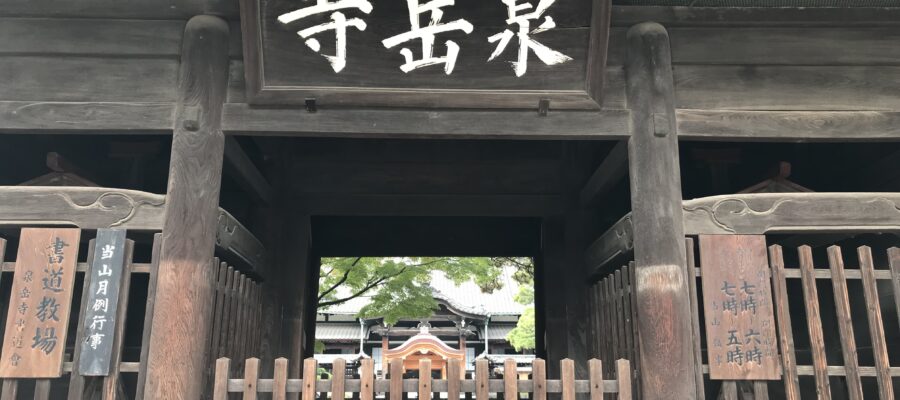随分昔になりますが、学生時代に泉岳寺を訪れたことがありました。高校生の時に見たテレビの年末時代劇「忠臣蔵」に影響されて、東京に行ったら、ぜひ一度、赤穂義士にゆかりのある泉岳寺に行ってみたいと思っていました。その訪問から30年以上が経過しましたが、再び訪れるチャンスを得ました。
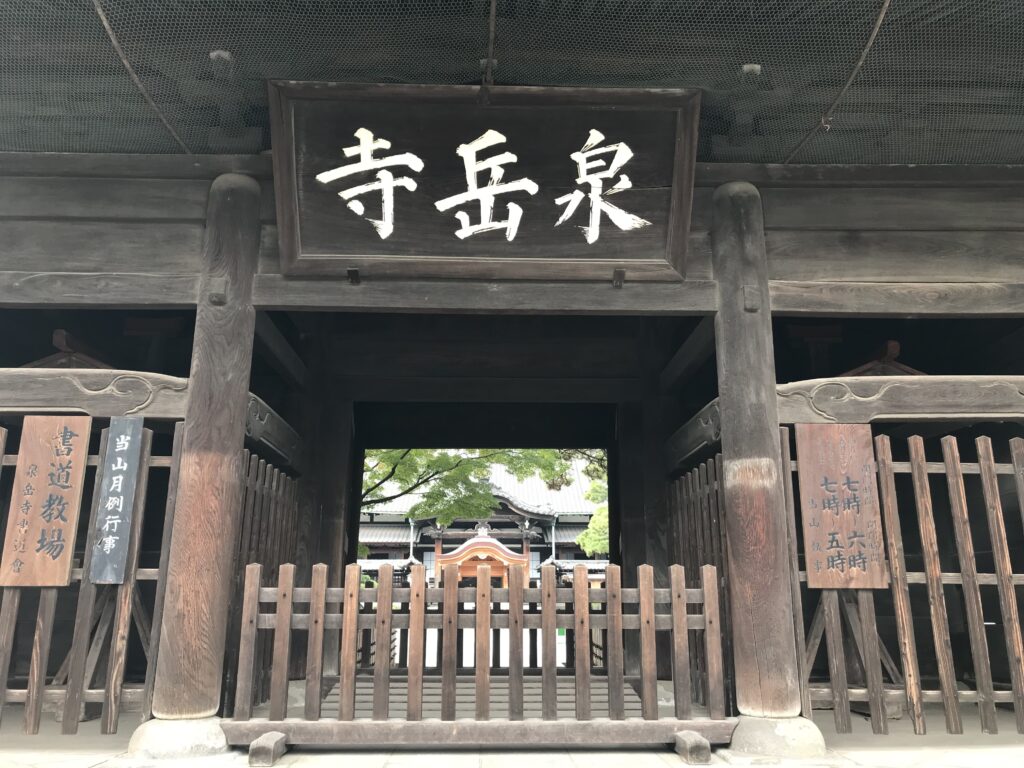
中門を通って山門まで来ると、右手に像が立っています。もちろん、忠臣蔵の主人公、大石内蔵助です。私は関西を拠点にしているので、浅野内匠頭が治めていた赤穂にも何度か訪問したことがあります。のんびりした赤穂と同様、泉岳寺の境内も、穏やかに時間が流れています。
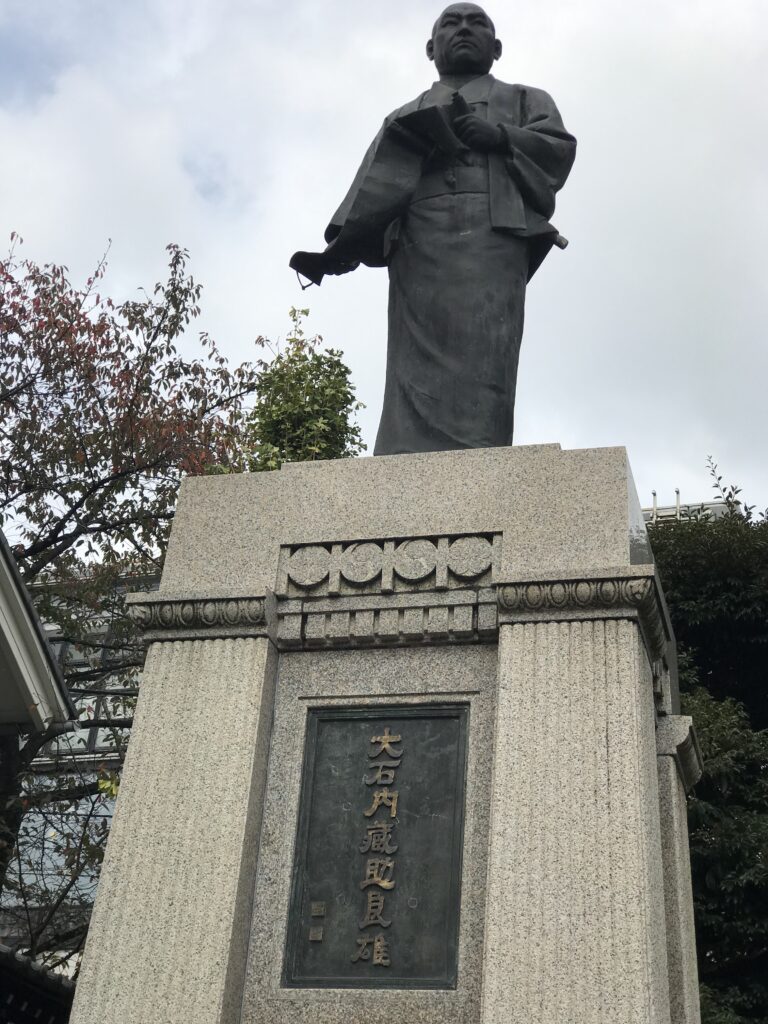
本堂をお参りした後、浅野内匠頭が切腹の際に、血が飛んで付いたという梅の木と石が紹介されていました。そのすぐ近くには、赤穂義士が仇討ちを果たした吉良上野介の首級を洗ったと伝えられる「首洗い井戸」もあります。300年以上前の事件とは言え、なんとも生々しい感じがします。

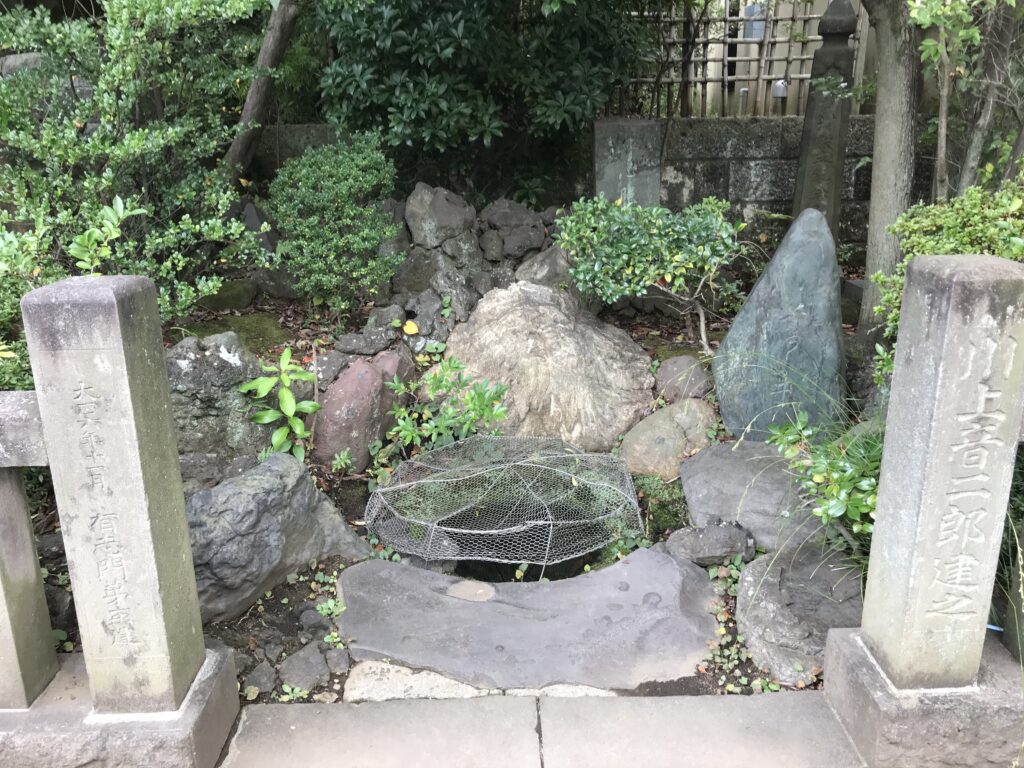
残念ながら記念館は休館していました。赤穂義士が眠る墓地を御参りしました。すでに300年経過していますから、当時の恨みなどは消え失せていると思いますが、実際のところはどうでしょうか。平日の昼間だったので、御参りしているのは私一人でした。一通り墓石の名前を読んでみると、聞き覚えのある名前が多数発見され、討ち入りが史実であったことを改めて感じました。
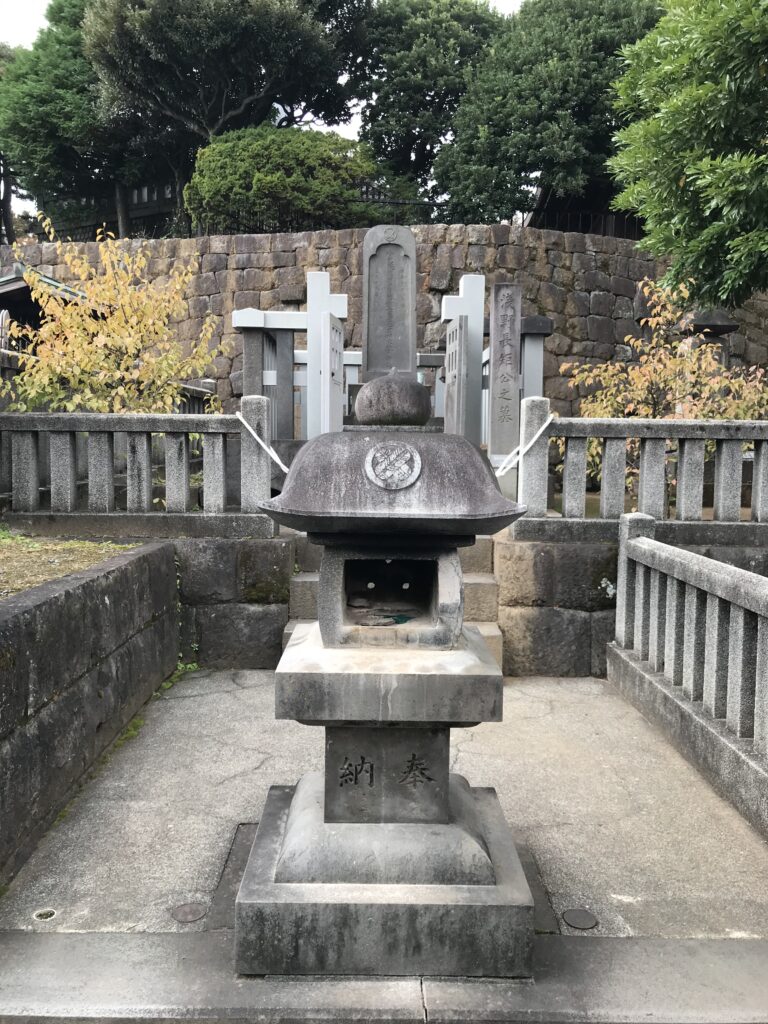
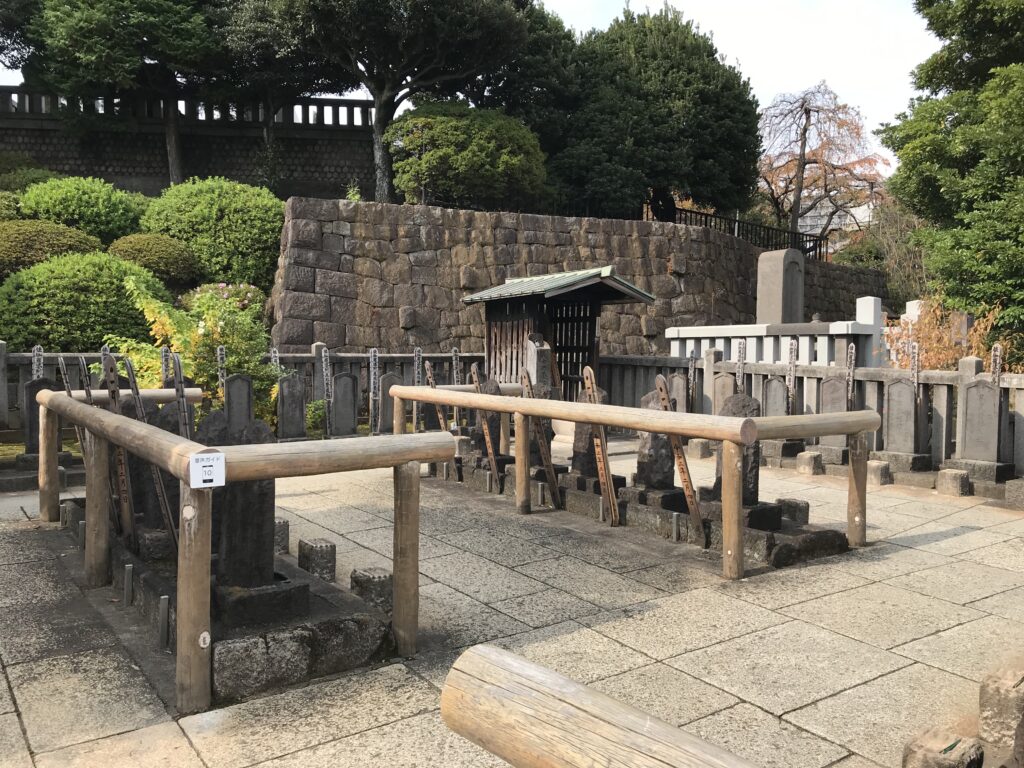
忠義のために、老いも若きも討ち入りに加わり、その後、切腹しています。現代の価値観とは全く異なる世界であったため、後世の我々が善悪の判断をつけることは出来ませんが、当時の彼らは、彼らなりに真っすぐに、懸命に生きた答えが、仇討ちであったのでしょう。その後、切腹を幕府から申し受けましたが、我々日本人の間では、今でも討ち入りには何かしら感じるものがあります。(完)
泉岳寺の御朱印
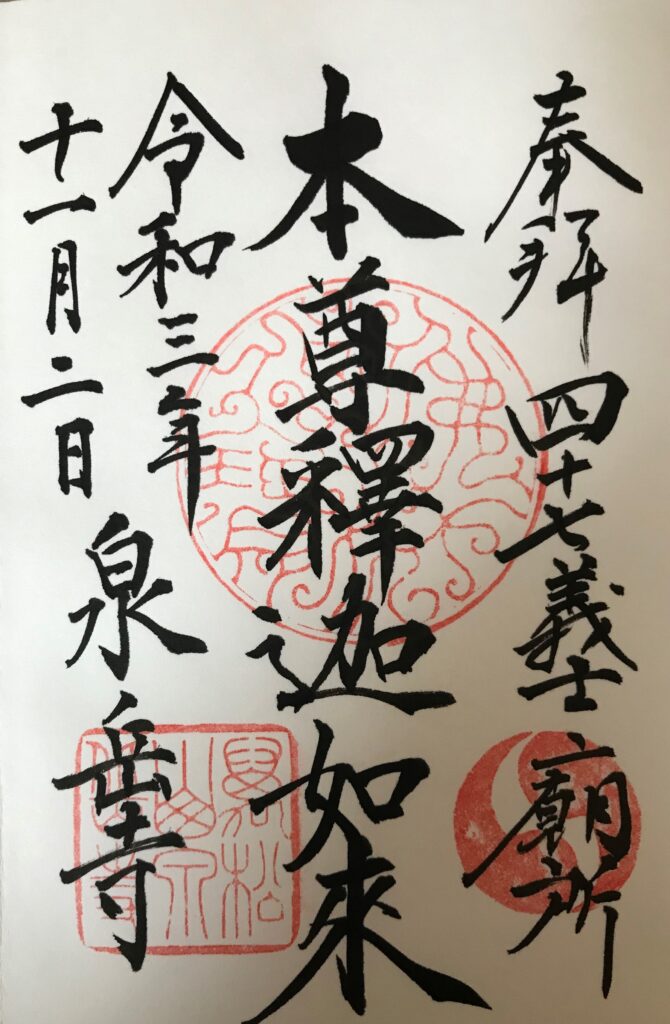
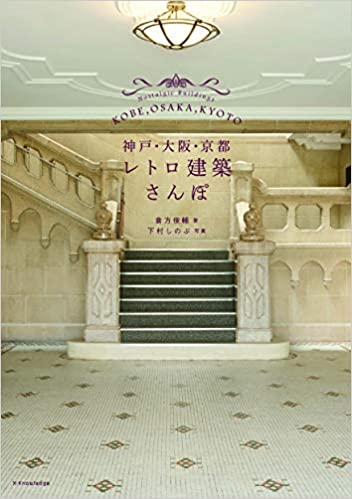
新品価格
¥1,980から
(2022/10/10 16:54時点)
Sengakuji Temple @Tokyo
Many years ago, when I was a student, I visited Sengakuji Temple. Influenced by the TV year-end period drama “Chushingura” that I saw when I was in high school, I had always wanted to visit Sengakuji Temple, which is associated with Ako Gishi, when I went to Tokyo. More than 30 years have passed since that visit, but I had a chance to visit again.
When you pass through the middle gate and come to the temple gate, you will see a statue on your right. Of course, it is Oishi Kuranosuke, the hero of Chushingura. As I am based in the Kansai region, I have visited Ako several times, which was ruled by Asano Takuminokami. As in laid-back Ako, time passes peacefully in the precincts of Sengakuji Temple.
After visiting the main hall, I was introduced to a plum tree and a stone on which the blood of Asano Takuminokami was said to have been splashed when he committed seppuku (ritual suicide). Nearby, there is also a “head-washing well” where the Ako Gishi are said to have washed the head of Kira Kouzukenosuke, who was avenged in the incident more than 300 years ago.
Unfortunately, the memorial hall was closed. I visited the cemetery where the Ako Gishi are buried. Three hundred years have already passed, so I think the bitterness and resentment of those days have disappeared, but I am not sure about the actual situation. It was a weekday afternoon, so I was the only one there. When I read the names on the gravestones, I found many familiar names, which reminded me that the raid was a historical fact.
For the sake of loyalty, both young and old joined the raid and later committed seppuku. I cannot judge right and wrong because the world of the 47 warriors was completely different from today’s values, but I believe that they lived their lives in their own way, straight and hard, and their answer was to avenge themselves. Although the Shogunate subsequently offered them seppuku (ritual suicide), we Japanese still have a certain feeling toward avenging avengers. (End)
Temple Sengakuji @ Tokyo
Il y a de nombreuses années, lorsque j’étais étudiant, j’ai visité le temple Sengakuji. Influencé par le drame télévisé de fin d’année “Chushingura” que j’ai vu quand j’étais au lycée, j’ai toujours voulu visiter le temple Sengakuji, qui est associé à Ako Gishi, lorsque je suis allé à Tokyo. Plus de 30 ans se sont écoulés depuis cette visite, mais j’ai eu l’occasion de m’y rendre à nouveau.
Lorsque vous passez la porte du milieu et arrivez à la porte du temple, vous verrez une statue sur votre droite. Il s’agit bien sûr d’Oishi Kuranosuke, le héros de Chushingura. Comme je suis basé dans la région du Kansai, j’ai visité plusieurs fois Ako, qui était gouverné par Asano Takuminokami. Comme à Ako, le temps passe paisiblement dans l’enceinte du temple Sengakuji.
Après avoir visité le hall principal, on m’a présenté un prunier et une pierre sur laquelle le sang d’Asano Takuminokami aurait été éclaboussé lorsqu’il a commis le seppuku (suicide rituel). À proximité, il y a également un “puits de lavage de tête” où les Ako Gishi auraient lavé la tête de Kira Kouzukenosuke, qui a été vengé lors de cet incident il y a plus de 300 ans.
Malheureusement, la salle commémorative était fermée. J’ai visité le cimetière où sont enterrés les Ako Gishi. Trois cents ans ont déjà passé, je pense donc que l’amertume et le ressentiment de l’époque ont disparu, mais je ne suis pas sûr de la situation réelle. C’était un après-midi de semaine, j’étais donc la seule personne présente. En lisant les noms sur les pierres tombales, j’ai trouvé beaucoup de noms familiers, ce qui m’a rappelé que le raid était un fait historique.
Au nom de la loyauté, jeunes et vieux ont participé au raid et se sont ensuite livrés au seppuku. Je ne peux pas juger du bien et du mal car le monde des 47 guerriers était complètement différent des valeurs d’aujourd’hui, mais je crois qu’ils ont vécu leur vie à leur manière, droite et dure, et leur réponse était de se venger. Bien que le Shogunat leur ait par la suite proposé le seppuku (suicide rituel), nous, Japonais, avons toujours un certain sentiment envers les vengeurs. (Fin)
